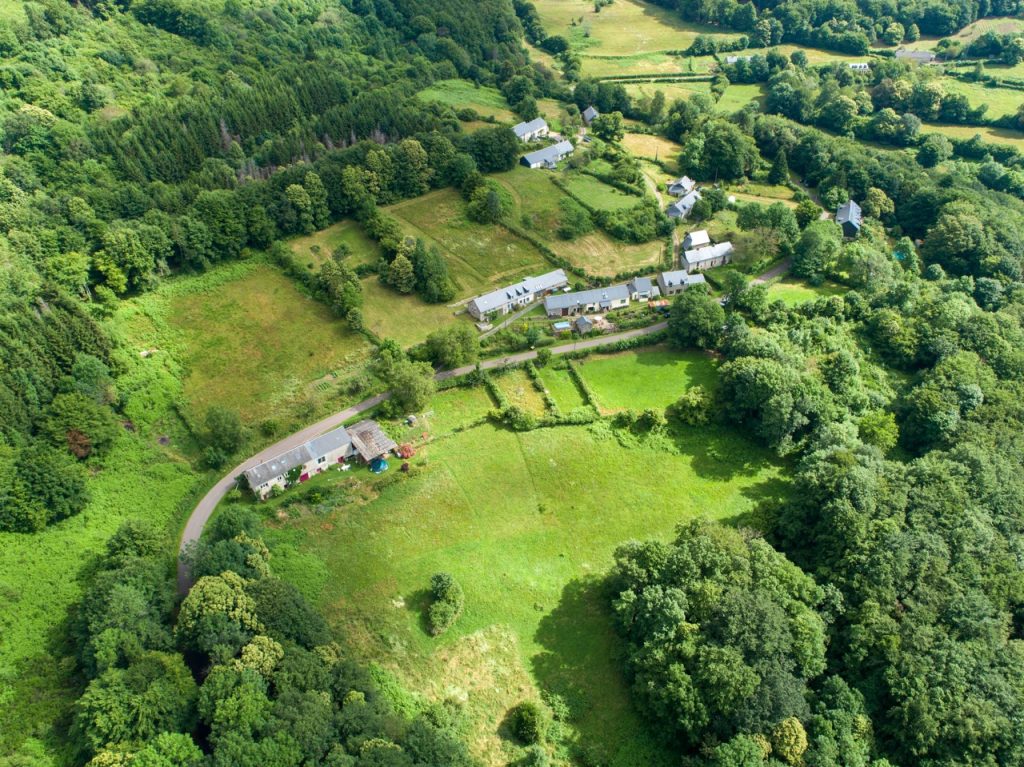‘Tomorrow’s agricultural and livestock farming systems, capable of preserving landscapes and ensuring a resilient ecological transition’.
SADAPTER is a project funded by the FEADER and the Bourgogne Franche-Comté Region as part of the European Innovation Partnership for Agriculture and Forestry (EIP AGRI) for three years (2024-2026).
The aim of the EIP is to help local farmers adapt to climatic, social and economic changes, using the landscape approach as a lever in the face of agricultural decline.
It aims to respond to a situation observed to varying degrees in all low mountain regions, combining agricultural decline, production systems running out of steam and the already strong impact of climate change.
This EIP is part of the Grand Site de France approach being deployed around the Bibracte listed site, a genuine territorial experimentation scheme that is betting on the landscape as a lever for integrated, sustainable territorial projects.
SADAPTER involves 12 communes in the Morvan Regional Nature Park:
- Department of Nièvre: Arleuf, Fâchin, Glux en Glenne, Larochemillay, Millay, Poil and Villapourçon
- Department of Saône-et-Loire: La Comelle, La Grande Verrière, Roussillon en Morvan, Saint Léger sous Beuvray and Saint Prix.
First and foremost, it is a territorial and landscape project that puts a group of local farmers (GIEE du Mont Beuvray) at the heart of the scheme, supported by : - A technical and economic approach led by the two chambers of agriculture in Saône-et-Loire and Nièvre
- An ecological approach led by the Morvan Regional Nature Park
- A land experiment led by SAFER
- Scientific support led by the UFR Agriculture Comparée at AgroParisTech
- Coordination by Bibracte EPCC.
- The mission of the Mont Beuvray GIEE farmers’ collective is to guarantee the relevance of the working hypotheses and the feasibility of the solutions found.


